Pediatrics and Super-specialities
Last week, I finished my observation of all the clinical departments at Santhiram General Hospital through a posting in Pediatrics. The Pediatrics department at Santhiram functions as three different but interconnected subgroups: NICU, Pediatrics OP, and the Pediatrics ward. The NICU, present on the ground floor of the hospital, specializes in newborn care. After OBGYN delivers babies, pediatrics checks the status of these infants and puts them under routine care (for infants deemed healthy) or distressed care (for infants needing more attention). Distressed infants are observed in the NICU after notifying parents, while routine care newborns are sent to their mothers in the OBGYN ward. Post graduates then check in on these neonates regularly to monitor body weight and ask mothers questions about milk production to ensure proper early development of the newborns. Along with infants, the peds department handles cases relating to kids of all ages but does so in the OP room and ward. After consulting the doctor in the OP room, kids (with the supervision of their parents) are given medicine or sent to the ward for further treatment. The NICU, OP room, and the wards serve to treat a broad range of ailments affecting children.
- Inside the NICU
- Outside the Pediatric ICU
After shadowing doctors in the pediatrics department, I spent time observing super-specialists who arrive at the hospital once a week to treat patients around the Nandyal area. Super-specialists are professionals who have completed additional training after post-graduation to be become sub-specialized in their fields (a few examples of super-specialties include cardiology, nephrology, and neurosurgery). My rotation was with a cardiologist and a surgical oncologist, both of whom gave me an idea of the two highly sought after super-specialties in India.
My two days with the surgical oncologist and the cardiologist both started at noon, as they had other work-related commitments around the area in the morning. Both of them examined patients rather quickly, looking at about 20 patients every hour. The surgical oncologist stated that the reason for the speedy consultation was due to the high volume of patients seeking treatment. Together, the specialists saw forty patients each and referred those requiring complex tests/treatment to their clinics/hospitals in Kurnool, a much larger city than Nandyal.
As I have mentioned in the past, there aren’t many super specialists in Nandyal; only one super-specialty (urology) is present here. I had asked multiple people regarding the reasons behind this absence and got varying responses, so I decided to ask these super-specialists about their take on the matter. The surgical oncologist replied that Nandyal doesn’t have all of the facilities needed for him to provide the best treatment for the patient. He further added that even if he practiced in Nandyal and referred patients to other towns/cities for examinations, only the educated would take his advice; less educated people would be reluctant to go places far away just to get tested. Because of this, he mentioned that he would not be doing justice to his training. The cardiologist had a slightly different take on it. He pointed to the small number of super-specialists in India as a likely reason for the situation. The answer probably lies somewhere in the middle, and they were both optimistic that nearly every specialty will be present in and around Nandyal within a few years.
As I have finished with all of my clinical postings, I will be in social and preventive medicine (SPM) next week. SPM is a non-clinical branch which encompasses community-based health care. I am excited for the shift in gears and will be posting another post sometime next week.

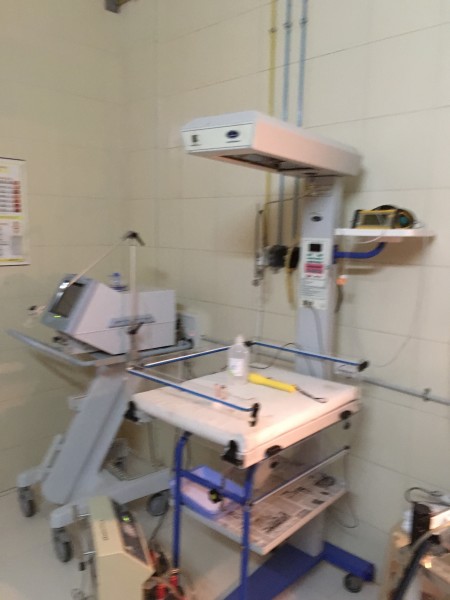
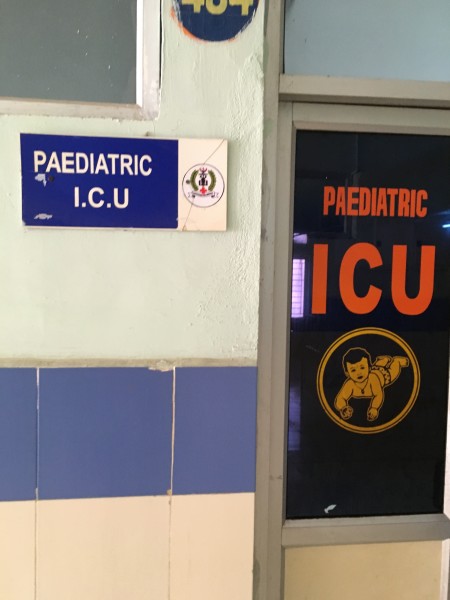
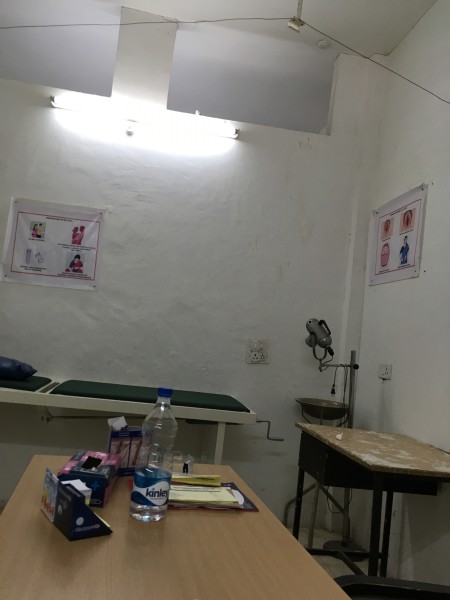
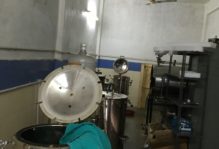
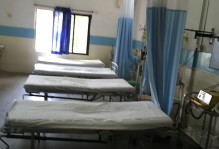
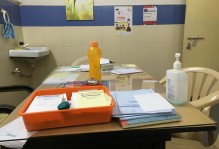
No comments.
Comments are currently closed. Comments are closed on all posts older than one year, and for those in our archive.